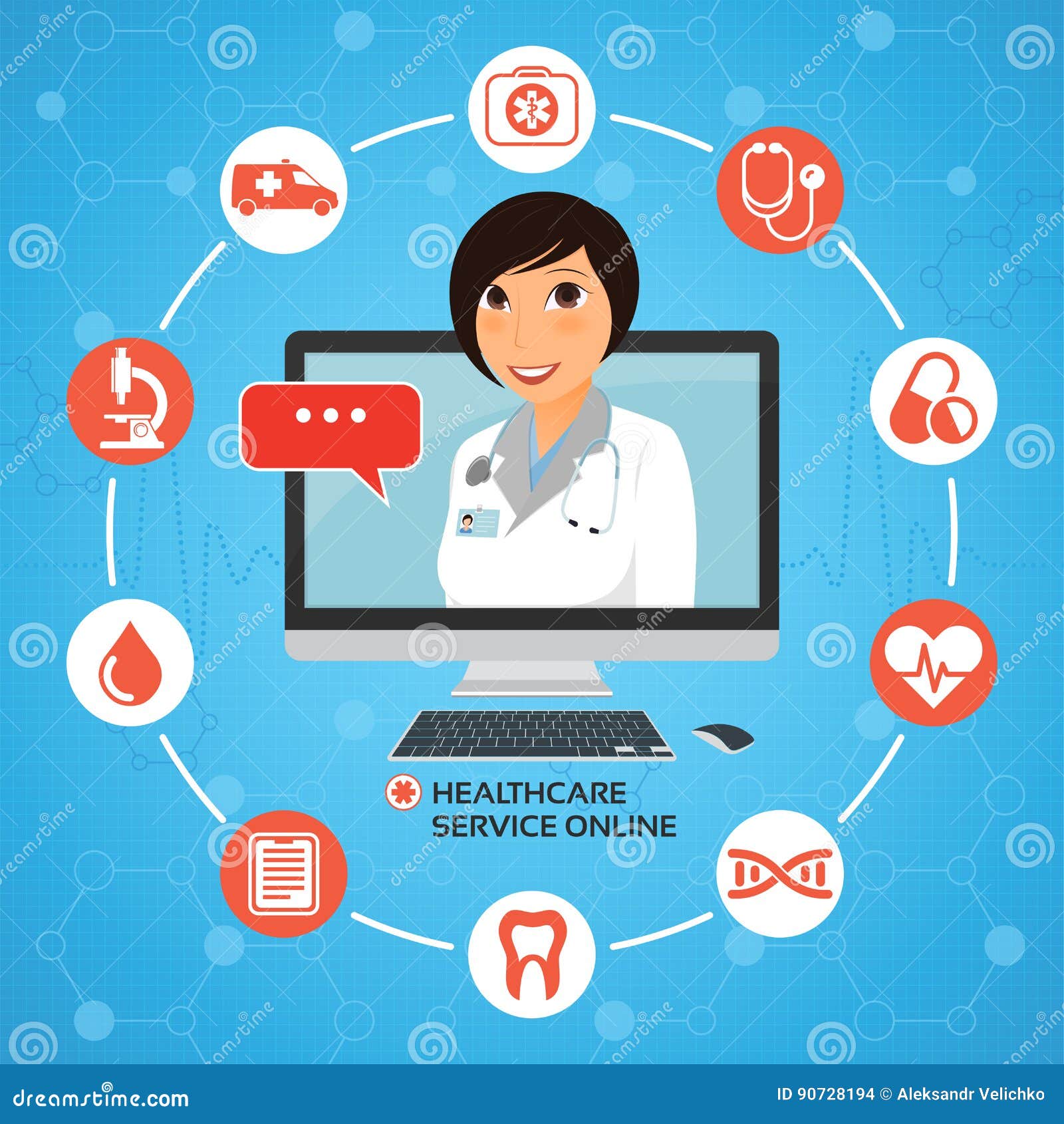A Comprehensive Overview to Subscription Based Healthcare: What You Required to Know
A Comprehensive Overview to Subscription Based Healthcare: What You Required to Know
Blog Article
Browsing the Future of Medication With Subscription-Based Health Care Solutions
As the health care market evolves, subscription-based solutions emerge as an essential model guaranteeing to reshape individual care shipment. The solutions to these inquiries might fundamentally change our strategy to healthcare.
Rise of Registration Healthcare
As health care systems around the globe face enhancing stress from rising expenses and need for solutions, the introduction of subscription-based medical care designs has actually emerged as a transformative pattern. This cutting-edge approach is interrupting traditional healthcare shipment by using a foreseeable, flat-rate settlement structure for medical solutions. Rooted in the principles of attendant medicine, subscription-based health care permits suppliers to concentrate on customized patient treatment while at the same time handling operational performances.
The raising consumer demand for openness and predictability in health care expenses has driven the shift in the direction of this design. Subscription-based services often use direct accessibility to healthcare professionals, which can minimize the administrative worries linked with insurance coverage cases and compensations.
This version is acquiring grip among varied doctor, from health care doctors to specialized facilities, by lining up financial incentives with precautionary and continuous treatment. By moving the emphasis from volume to value-based treatment, subscription health care has the prospective to improve the landscape, promoting an extra patient-centered and lasting method to wellness administration.
Advantages for Patients

In addition, subscription-based solutions typically stress preventative care, motivating normal exams and wellness testings. This aggressive method can bring about very early discovery of wellness concerns, possibly improving results and lowering lasting medical care prices for individuals. Such versions typically supply clear rates, enabling clients to better recognize their medical care expenses and avoid unanticipated clinical expenses.
The customized nature of subscription-based medical care likewise boosts client experience. People can receive customized medical care plans that fit their particular demands, fostering a much more patient-centric approach.
Innovation's Duty in Transformation

Expert system (AI) plays an important role in predictive analytics, helping in early diagnosis and tailored treatment strategies. AI algorithms evaluate large datasets to determine patterns that may be neglected by human observation, hence boosting scientific decision-making. Moreover, electronic health and wellness records (EHRs) streamline client information management, ensuring connection and comprehensibility of treatment throughout numerous services and companies.
Blockchain innovation boosts information safety and security and privacy, crucial for keeping client trust in electronic platforms. It makes it possible for clear and protected purchases of medical data, guaranteeing that delicate details continues to be safeguarded. With the integration of machine discovering and AI, blockchain can automate complex medical care processes, lowering administrative worries.
Difficulties and Factors To Consider
While technology pushes the abilities of subscription-based healthcare solutions, it likewise presents a collection of challenges and considerations that must be dealt with to make sure effective execution. One substantial obstacle is the fair availability of these solutions.
Information personal privacy and protection stand for an additional essential factor to consider. Subscription-based solutions frequently require the collection and storage of huge amounts of personal health details. Carriers should abide by rigorous information security guidelines to preserve client trust and avoid unauthorized accessibility, which can bring about considerable honest and lawful consequences.
As medical care needs progress, keeping a cost-effective equilibrium in between subscription costs and service high quality is crucial to prevent person discontentment and attrition. Resolving these challenges is necessary as subscription-based medical care solutions proceed to increase and evolve.
Future Implications for Medication
Subscription-based health care services are positioned to significantly affect the future landscape of medicine by reshaping how care is accessed and delivered. These designs provide the potential to democratize look at here healthcare access, offering clients with more customized and prompt treatments. By leveraging modern technology, such as telemedicine and information analytics, membership services can promote constant tracking and customized wellness management, thus improving outcomes and reducing the worry on conventional health care systems.
As these services gain grip, they can promote a shift towards preventative care, emphasizing the importance of very early detection and management of persistent problems. This proactive approach may ultimately lower health care costs by minimizing the demand for costly treatments emerging from late-stage illness management. Membership models provide a scalable service to resolve variations in medical care gain access to, specifically in underserved or country populations.
Nonetheless, the transition in the direction of subscription-based models requires addressing regulative and ethical factors to consider, including information privacy and equitable accessibility. As the industry progresses, collaborative efforts in between policymakers, technology programmers, and doctor will certainly be important to developing durable frameworks that secure patient this rate of interests while fostering technology. Eventually, these solutions assure to contribute dramatically to a more efficient, patient-centered health care ecological community.

Final Thought
Subscription-based medical care solutions stand for a substantial advancement in the clinical area, using predictable costs and personalized care that enhance ease of access and prioritize preventive measures. As the healthcare landscape develops, subscription models are positioned to play a critical duty in forming the future of medicine.
As the healthcare industry evolves, subscription-based solutions arise as a critical model promising try here to improve person care delivery.As medical care systems around the globe face enhancing pressures from climbing expenses and demand for services, the advent of subscription-based medical care designs has arised as a transformative pattern (subscription based healthcare).With the rise of subscription-based medical care versions reshaping traditional medical care shipment, patients are starting to experience significant advantages from this ingenious approach. As medical care needs evolve, keeping an economical balance in between membership costs and service quality is crucial to stop client dissatisfaction and attrition.Subscription-based healthcare solutions are poised to considerably affect the future landscape of medicine by reshaping just how treatment is accessed and delivered
Report this page